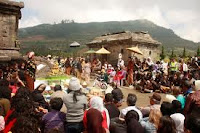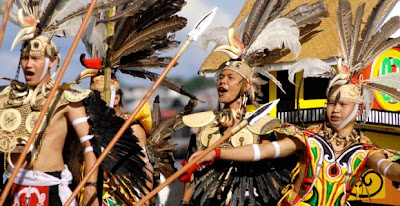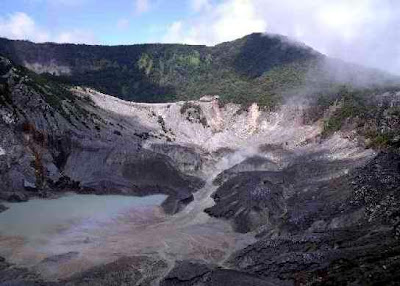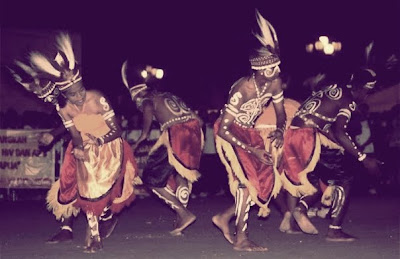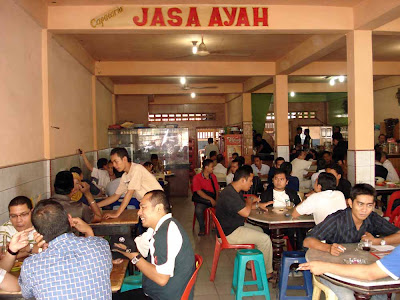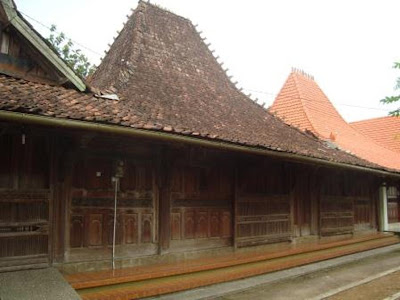Home » Posts filed under Tradition

A tradition in a culture are not integral to the myth or legend that accompanies the tradition. The ancestors inherited this tradition from generation to generation so that it becomes a ritual in a culture. This is the same as occurs in the Lombok Island that also has become an annual ritual festival

Citizen Kande Api Village still preserve the cultural traditions of their ancestral heritage. How do farmers in the tradition of the party held a harvest feast in the village of Kande Fire, District Ludhiana Tikala North Toraja Regency. Actually no different from other settlements in North Toraja regency,
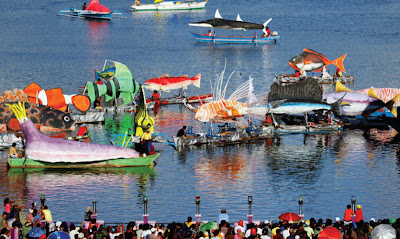
Gilolo or called Jailolo is the name of the island in North Maluku province. Jailolo or Gilolo is another name given to the local population in the island of Halmahera in North Maluku province. Here held Jailolo Bay Festival which is an annual festival and supported cultural communities, local governments,
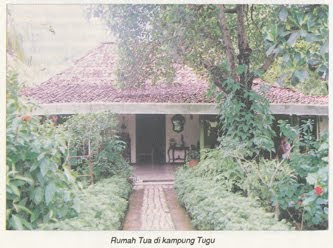
Kampung Tugu located in the village of Koja, East Jakarta Tanjung Priok area. Kampung Tugu currently has several native of Portuguese descent. Also seen some houses that are still stylish Betawi with a touch of Portuguese in it and there are houses that have been built since 1661, which until recently
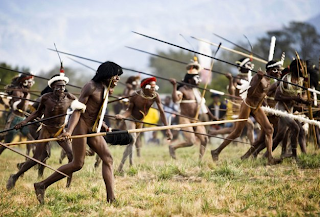
Baliem Valley the residence of Dani. Indigenous people are introduced to the outside world as a peasant warrior. A life of farming, but warlike. Photo book Gardens of War, a documentary film Dead Birds, the results of the first anthropological expedition there in 1961 to be the cause.
Repeated demonstration

Who would have thought Keroncong music as we know it was not the original music of Indonesia. But artistic heritage of the Portuguese colonial period.
During its development, a number of Indonesian traditional elements, such as the use of the flute and several components of a typical gamelan made keroncong

